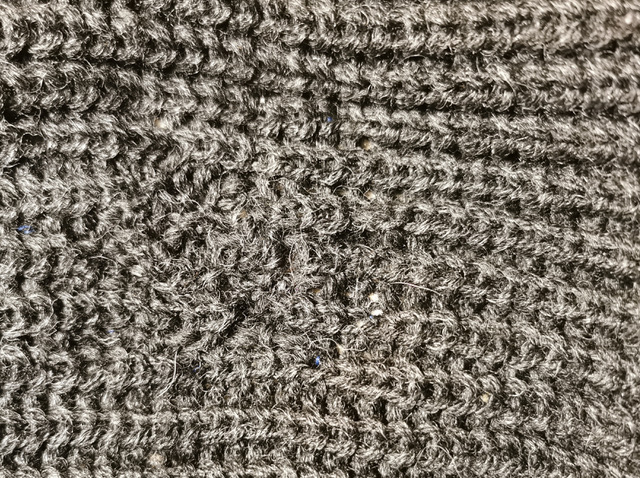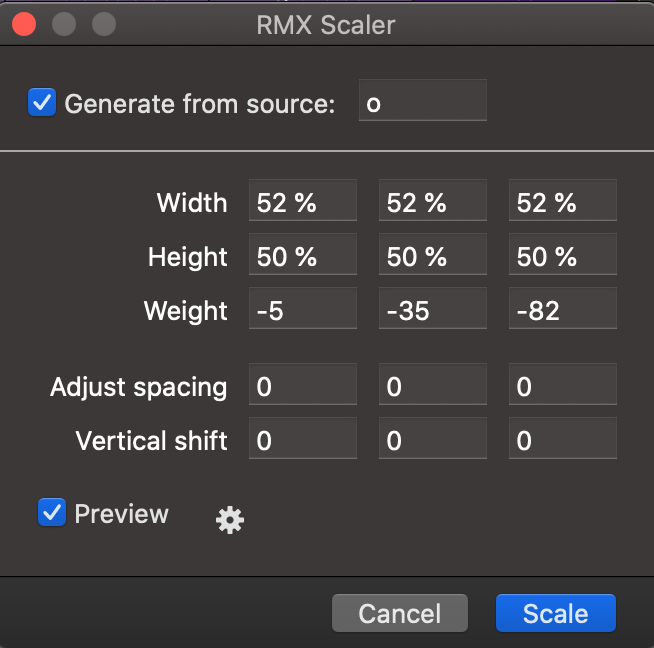Hole Mending Workshop: Difference between revisions
No edit summary |
No edit summary |
||
| Line 32: | Line 32: | ||
[[File:Leonf-close-1.jpg]] | [[File:Leonf-close-1.jpg]] | ||
[[File:Screen Shot 2020-07-22 at 6.02.31 PM.png|center|test caption]] | [[File:Screen Shot 2020-07-22 at 6.02.31 PM.png|center|test caption]] | ||
Revision as of 10:43, 23 July 2020
| Hole Mending Workshop | |
|---|---|
| Name | Hole Mending Workshop |
| Location | Internet |
| Date | 2020/07/22 |
| Time | 10:00-11:00 |
| PeopleOrganisations | Nicha Keeratiphanthawong, Tabea Nixdorff |
| Type | HDSA2020 |
| Web | Yes |
| No | |
“Computers have always been a simulation of weaving; threads of ones and zeros riding the carpets and simulating silk screens in the perpetual motions of cyberspace.” (Sadie Plant)
We invite you to join us for an (at home and offline) Hole Mending Workshop, to focus on a gesture of repair and “networking” as a literal and tactile activity: for one hour on Wednesday morning. Marking the middle of the Summer Academy, it can be a moment to tune in with your body and other participants of the Academy in mind, reflecting on what has already happened and what’s ahead.
In this current time period, which is full of omissions and ruptures, our dependencies on technical devices as gateways to social interconnectedness have increased even more. What sometimes gets lost along the way is the sense of one’s own situatedness: Following endless digital threads of information and being constantly in touch with “hardware,” it is likely to forget reading one’s own bodily presence. Weavings, just like computer coding, are complex automated nettings. Only the point of rupture—a dropped stitch, like a bug in the code, a systemic error—redirects the attention outside of the machine by requesting a manual intervention. With this workshop, we propose needlework as an analogue form of networking, to feel the impact each detail has on a structure as a whole: Disruptions in the weave of a garment cause holes to grow. By tracing the dropped stitches and patching up obvious “bugs,” we remediate and re-activate unappreciated clothes without erasing traces of our bodies inhabiting them. Remediation: a technique of repair that emphasizes the repairer’s presence. To observe your hands doing needlework is to allow your mind to center and meditate upon connections. We may revisit a personal garment’s story through its wear and tear, and rewrite a habit.
What is it to intervene, to pause the machines or come to a full stop? What is it to continue inwardly instead, to search for a “woven interconnectedness” (Ada Lovelace) through our bodies as telepathic messengers?
Mending holes in garments allows us to relax the senses while focusing closely on soft textures, to contemplate on closure and openness, to explore their tense relation, beyond dualistic thinking. As philosopher Sadie Plant stressed, “zeros and ones of machine code do far more than hark back to the binaries their logical symbols represent. If zero is supposed to signify a hole, a space, or a missing piece, and one is the sign of positivity, digital machines turn these binaries around.”
How could we take pleasure in holes as also signs of positivity? When sewing, each hole is both a beginning and end, a passage for the thread. While reimagining ideas of interconnectedness, the activity of mending holes may also be an exercise in resilience—we consciously spend time with a “wounded” fabric instead of abandoning it. The current social situation in the world reminds us of the urgent need for healing practices, to not turn away from the wounds and scars in the social fabric but to treat them with care.
One way of caring is to actively listen—to a materiality, just like to people’s voices. For this workshop, all you need is a calm environment, a device to play an audio file from, and two garments with holes. If available, be equipped with a needle and thread, or alternatively paper and pen, as well as a phone or camera to take a few close-up photos.
The script and the sound piece will be shared via mail on Tuesday evening (CEST), so everyone can start in their morning, in different time zones. The (w)hole image series will be shared later via HDSA website as a visual outcome of the workshop.
About:
Nicha Keeratiphanthawong and Tabea Nixdorff are current participants of Werkplaats Typografie, a masters program in Arnhem, The Netherlands. Their collaborative project to create a carpet for monthly Sonic Meditations was interrupted by the COVID-19 closures. A reconfiguration of the project during quarantine in Bangkok and Arnhem resulted in this workshop and collective writings.

